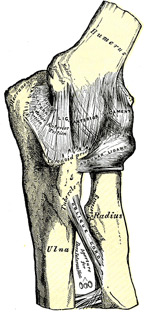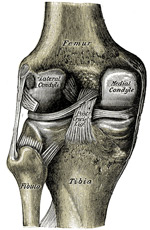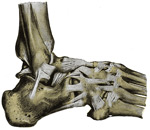|
|
|
 |
|
Kansetzu waza
Joint levering techniques in use
|
 |
Basically, each joint can be overstretched (e.g. knees, fingers, hands and even the neck) or twisted, so be leveraged. The motion, brought about by the defender against the anatomically intended direction of movement leads to a sharp pain, which forces the attacker to refrain the attacking , or cancel it. It is important that e.g. the arm of the attacker is fixed. The efficacy and the force to be used are determined by the physical law of levers. |
"Give me a lever long enough and a fulcrum on which to place it, and I shall move the world"
Archimedes (285-212 BC)
|
|

|
There are two types of leverage techniques: stretching lever (Gatame groups) or bending lever (Garami groups). At the stretching levers e.g. the arm is of the attacker is stretched against the normal direction of movement. As so called, negative stretching levers are streched in the natural direction of movement of the joint, but there must be placed an abutment (e.g. arm, hand edge or leg, etc.) in the joint articulation.
In the case of bending levers, however, is e.g. twisted the angled arm at the elbow; rotation.
Applied lever cause pain, this pain is used to discharge or even to control the attacker. (Transport handles, fixing techniques on the floor). With extreme force by the defender there can be joints destroyed, tendon and band demolitions. Not infrequently permanent sequelae can result from this. Again, the usefulness is to maintain (see legal basics for self-defense).
Anatomical structure of various joints:
 |
|
 |
|
 |
|
 |
| Wrist (inner) |
|
Elbow joint |
|
Knee joint |
|
ankle joint |

|